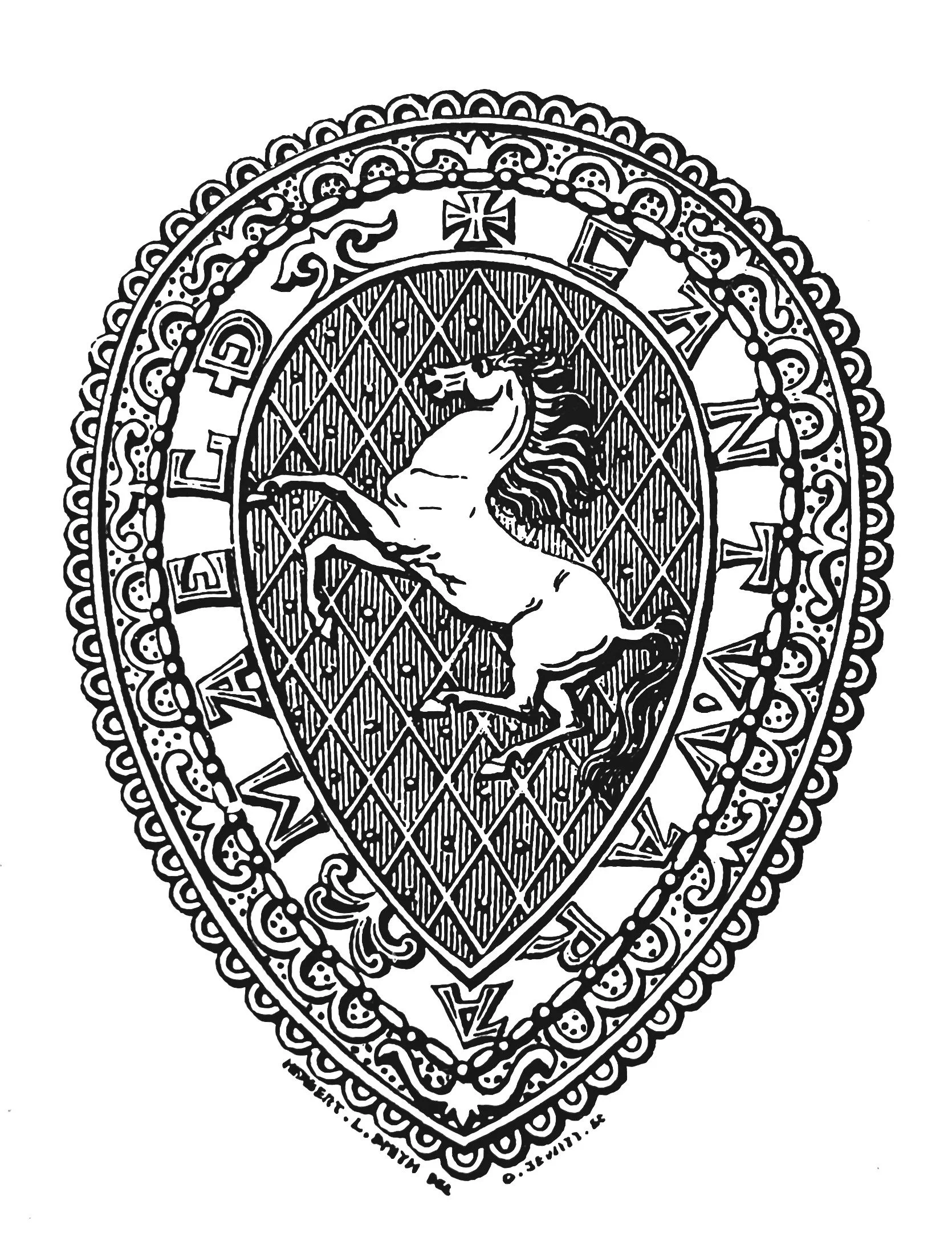
KAS Newsletter, Issue 37, Spring 1997
Proposals for historical memorials, GPS in archaeology, 1797 Naval Mutinies insight, plus society updates and events.
Contributions to the next issue are welcome. See the guidance for contributors and contact Editor Craig Campbell.
Search page
Search within this page here, search the collection page or search the website.
Previous
Previous
Win A (Small) Prize - Identify our Photograph
Next
Next
A Memorial to the Battle of the Medway in AD 43
Written By KAS
Proposals for historical memorials, GPS in archaeology
Featured
Peter Draper, Hon. Librarian, 1997, KAS Newsletter, Issue 37 (Spring 1997). Maidstone: Kent Archaeological Society.
Ken Jackson, 1997, KAS Newsletter, Issue 37 (Spring 1997). Maidstone: Kent Archaeological Society.
KAS Newsletter, Issue 37 (Spring 1997). Maidstone: Kent Archaeological Society.


